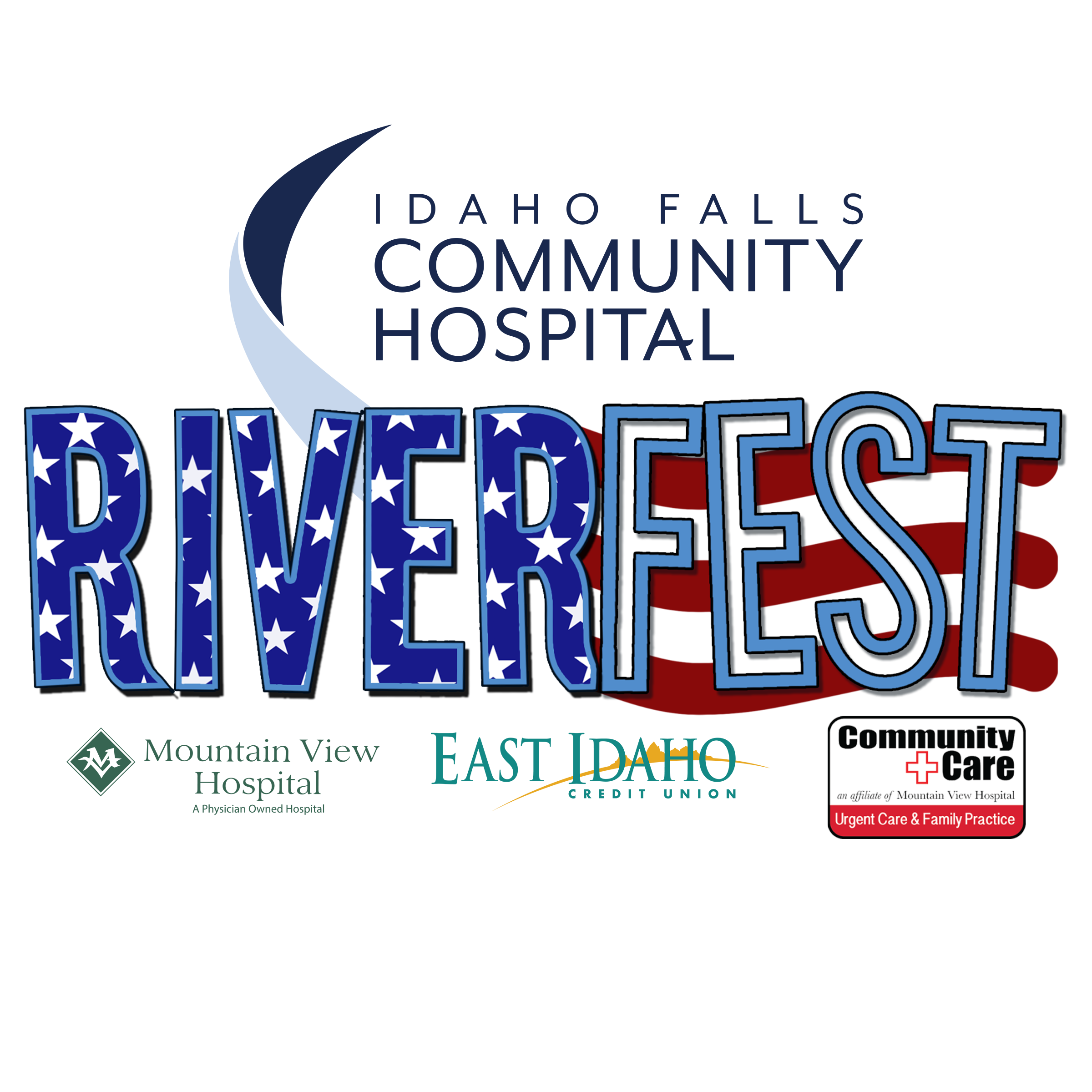Keep your super-users responsible for maintaining strong communication between their services, IT and training. These relationships should be beneficial to both parties. In a recent Hayes Management Consulting blog, Susan Eilman gives 4 steps to create superusers for your system implementation. Super-users are connections between end-users, department heads and the project team. They coordinate the department`s practical events before go-live. They also support their practice during round-live and after-live and offer more immediate support to answer questions for suppliers and employees. Plan the first 30 days of ad hoc go-live training to keep knowledge and processes fresh in the minds of end-users. After this initial 30-day period, regular courses planned to get new trained employees and work. If you don`t have regularly scheduled classes, you`ll find yourself in situations where, for example, she declares a nurse for her first day of work, but has to be sent home because the training team is not available to teach her how she works through the EHR. Here are three ways we`ve helped super-users become trusted and respected trail guides: questions need to be asked at an early stage when choosing the super-user. Questions to consider include: Which user to choose? What are the characteristics of a super-user? How do you train them? Sometimes you can choose someone you think is good for the job, but who turns out to be someone who is not quite suited to the role.
In one case, an organization assigned 800 super-users to support approximately 6,500 end-users. This is a pretty good relationship and would provide appropriate support to your employees. However, as the support program was finalized a few weeks before go-live, it was found that only 350 of these super-users would be able to devote themselves fully to their support obligations. The remaining group of super-users had conflicts that required them to be recalled to patient care when they needed to provide support. As a result, there was a last-minute battle to identify a few hundred additional support resources. If the organization had not been able to recruit additional support resources, it could have jeopardized the entire go-live. Super-users receive “test” users and workflows during training. During department meetings, they can use these tools as well as the Epic Playground environment to “guide” their employees through the workflows within Epic.
You can also use your own workflows. The contribution developed this week with David Chou (VP/CIO, Children`s Mercy Hospital), Stephen Tokarz (HCI Senior VP, Training – Activation) and Bob Steele (HCI Executive VP, Clinical Services) focuses on your end-user training program as well as your training and super-user support plan. Effective training strategies are essential to the success of your project before and after go-live. Simply put, the innovative and “game-change” capabilities of your new EHR are worthless if your employees don`t know how to use their features effectively.
